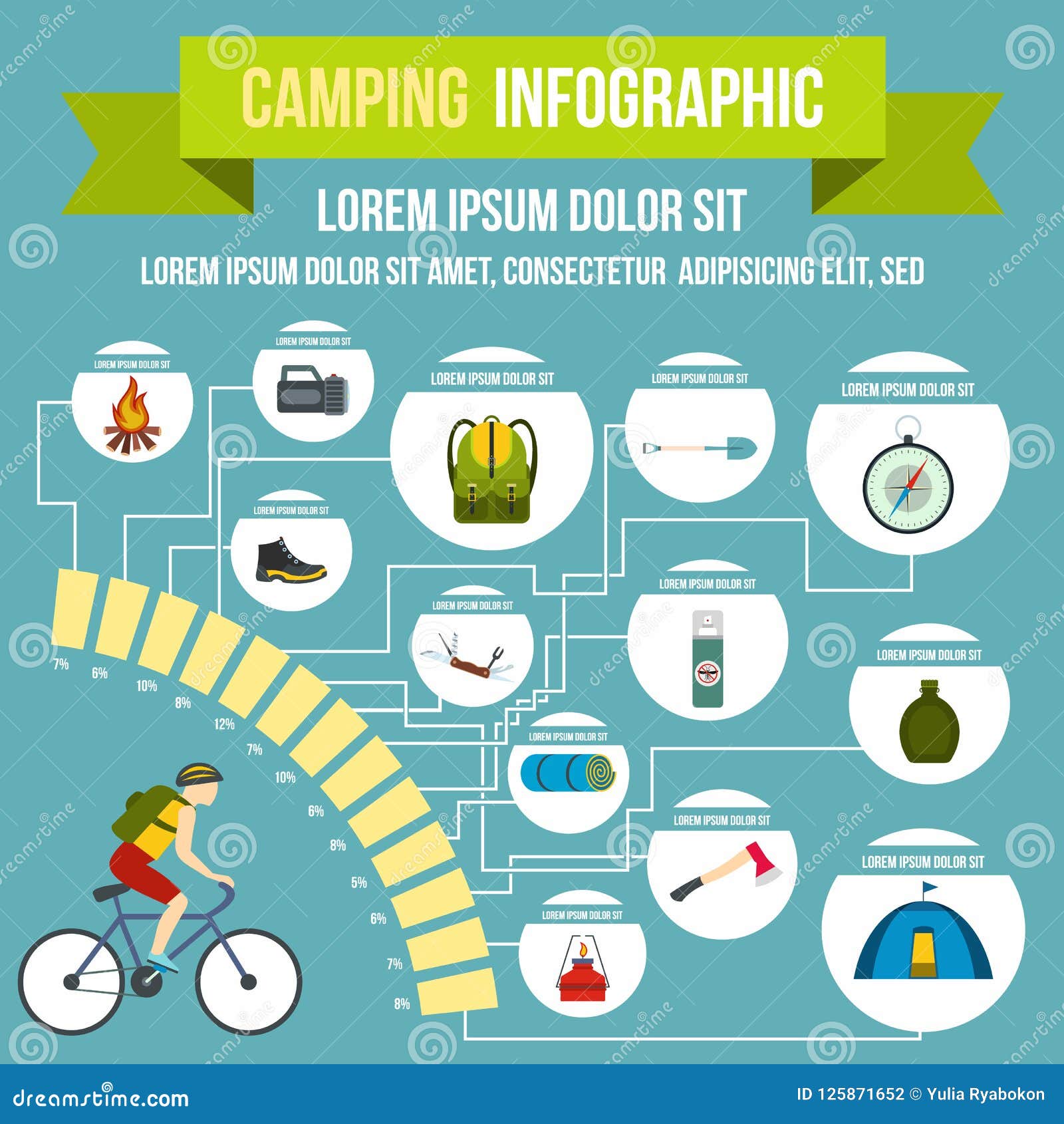A cooktop jack is a strengthened opening in the outdoor tents fabric that safely suits woodstove pipes. Nevertheless, the procedure of suitable a stove jack can be intimidating for newbie campers, and blunders in installment could result in camping tent fires or carbon monoxide gas poisoning.
Fortunately, an effectively fitted and preserved stove jack is just one of the safest additions to a canvas camping tent, like the Roamin Home Nomad.
Positioning
A stove jack is vital to the functionality and convenience of your canvas camping tent. Not just does it provide heat and cooking comfort, but it additionally aids clear out moisture from your wall surfaces to maintain your camping tent comfortable and completely dry throughout the periods.
Remembering that they're created to avoid the fire and flue pipe from entering into contact with the canvas, it is necessary to put your range jack safely. Stove jacks need to be positioned as far from the wall of your tent as feasible, particularly, the area that flickers and moves the most.
Our modular cooktop jacks enable you to position your leave factor for the pipe in either the roof covering or side wall of your camping tent, offering you full control over where you 'd like your smoke and exhaust to leave your sanctuary. Find out more regarding common errors campers make when suitable their cooktop jacks, and how to avoid them to guard yourself from camping tent fires and carbon monoxide gas poisoning.
Ventilation
A range jack provides a safe exit point for the pipeline of your tent cooktop, ventilating smoke from the inside of your outdoor tents. Without ventilation, harmful gases like carbon monoxide gas can build up inside the tent. The jack is also created to stop warmth sources from touching the canvas of the camping tent, shielding the structure and materials from damage or fire.
Preferably, your flue ought to expand at the very least 6 inches above the top of the outdoor tents ridge. This enables the wind to blow triggers far from your roof covering, lowering the danger of them shedding holes in the camping tent roofing.
Air flow likewise helps enhance burning effectiveness and heating ability. The products your stove and flue pipe are made from capture warm discharged by the smoke and gas, raising their temperature and advertising further combustion. The jack after that mirrors this heat into the outdoor tents, aiding to maintain family camping the inside of the tent cozy and comfy for longer durations.
Gas
Make certain that you are making use of just fire-safe woods and that your stove is correctly fueled. Prevent overworking the stove, as this can cause overheating that can lead to fire. In addition, shop combustible things like alcohol, aerosols and gas cyndrical tubes outside the camping tent to prevent them from causing a fire.
Stove Jacks are designed to protect camping tents from warm, and the cloth they're made from is fire-resistant. However, they are only made to be made use of securely if they are correctly installed and positioned appropriately. Make sure that the range pipe is aiming up and down with the hole, as any other angle can impede correct air movement.
Stoves can stay alarmingly hot for hours after they are used and can harm or spark tent fabric, resting bags, and other personal items if put too close. Maintain a fire extinguisher close by and see to it everyone recognizes where it is, in addition to how to utilize it. Additionally, constantly utilize fire-resistant bed linen like tent floor coverings and platforms to prevent warmth from damaging your mattress.
Snuffing out
A fire can spread promptly, particularly when embers fly into plants or nearby structures. Constantly keep a water bucket and fire extinguisher helpful in case of a fire, and never leave a campfire unattended.
If developing a campfire, clear the area and usage marked pits. Make sure to examine regional campground or public lands guidelines for any kind of restrictions before developing a campfire. Prevent making use of liquid-filled heating units, lanterns or candle lights inside tents; they can generate lethal carbon monoxide. Pack a mobile CO alarm system and multipurpose fire extinguisher for included peace of mind.
Occasion tent fire security compliance needs adherence to NFPA criteria and regional legislations, along with regular surveillance, staff training on emergency situation treatments and efficient discharge techniques. Correct tent configuration, qualified materials and electric tools are essential elements for accomplishing conformity. Performing pre-event risk evaluations, performing regular security checks and connecting emergency procedures with participants help lessen hazards and create effective occasions that prioritize guest well-being.
